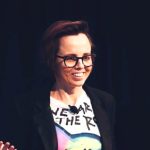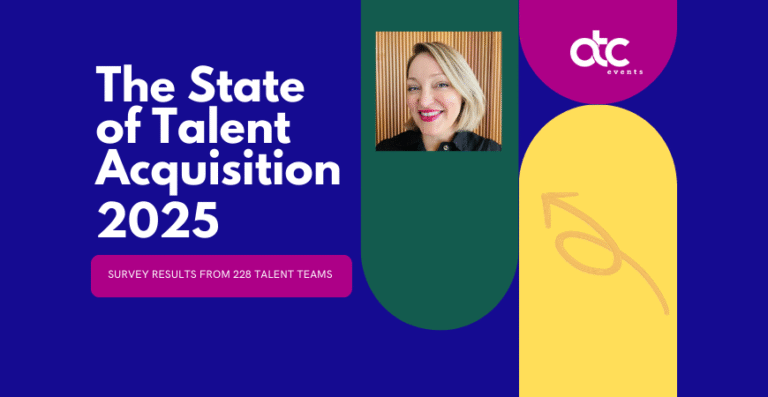When you think about the future of work, where does your mind go?
For most people, the images that come to mind will be tech, gadgets, platforms, or robots. Right now a lot of the discourse is around AI and machine based learning. If you’re anything like me, your mind immediately goes to a Jetsons-style world of flying cars and breakfast-making machines.
But in reality, the future doesn’t actually exist. The way we think about the future of work is very image-based, and these ideas are ultimately always placed as something that happens later, and something that is out of our grasp. We tend to think of the future of a place that’s always up ahead. But that’s just not true.
If we want to change our future of work, we need to focus on the granular and look at the day-to-day. The future doesn’t start in 10 years’ time, in 1 years’ time, or tomorrow. It starts today.
The Future is the Present
Reanna Browne is an academically trained and practicing futurist and founder of Work Futures. She says that a big challenge she faces when talking to people about the future of work is the Tyranny of the Urgent.
“When we say we’re too busy to think about the future, it’s also based on an assumption that the future is something down the track. But the future of work never arrives because we’re always in the present,” says Reanna.
There’s also a hidden assumption that thinking about the future won’t help me right now. But if we’re looking for innovation, we can look to the changing contexts and use the future as a lens to re-think our actions in the present.
“It’s a false dilemma to think that you’re too busy because it assumes the future will arrive down the track, but it never arrives. We’re always in the present.”
Translation: Failure to think about the future is actually a failure to think about the present.
Re-orient your day-to-day activity to work towards the future you want
Dart Lindsley, Strategic Advisor for Employee Experience at Google, is currently re-designing their future of work by reframing conversations and re-engineering the overall employee experience.
“I tend to think of the future not as a noun, but as a present-tense verb. It’s not someplace we are going, it’s something we are doing,” says Dart.
To have a clear idea of what we need to do and the steps we need to take, we first need to orient ourselves in the present.
“If you know what future you want to see, you won’t be chased by the present – each step you take will be in the right direction.”
For Dart, this means framing employees as customers, and work as a product that they are selling. With 2 types of customers – their traditional customers, and their employees – their company structure needs to change to reflect that, and impacts their day-to-day work.
“The roles of managers change fundamentally when employees are customers. They become customer facing, and they become designers of a product; the product of work.
“So, when you’re looking to hire someone start asking the question of managers ‘What product are you selling? Who might want to buy it? What question do we need to ask candidates so we can find out what kind of product they want to buy?’
“Just by asking a handful of questions you’ve re-oriented the conversation to face towards a different north. And that’s how I would start talking about making the future a present tense verb.”





